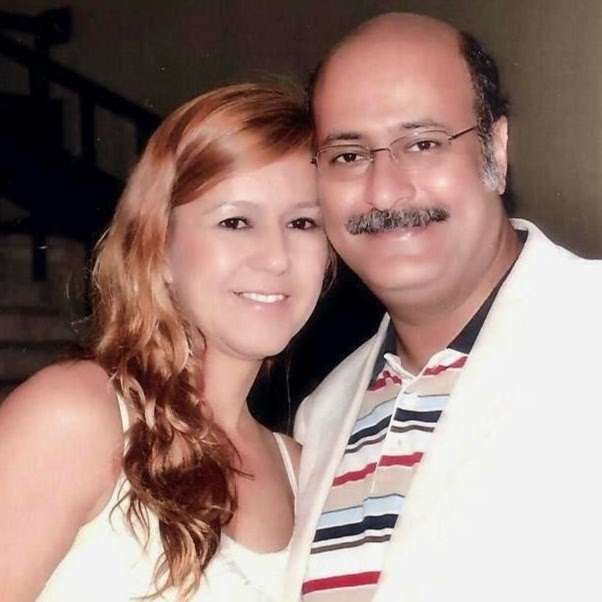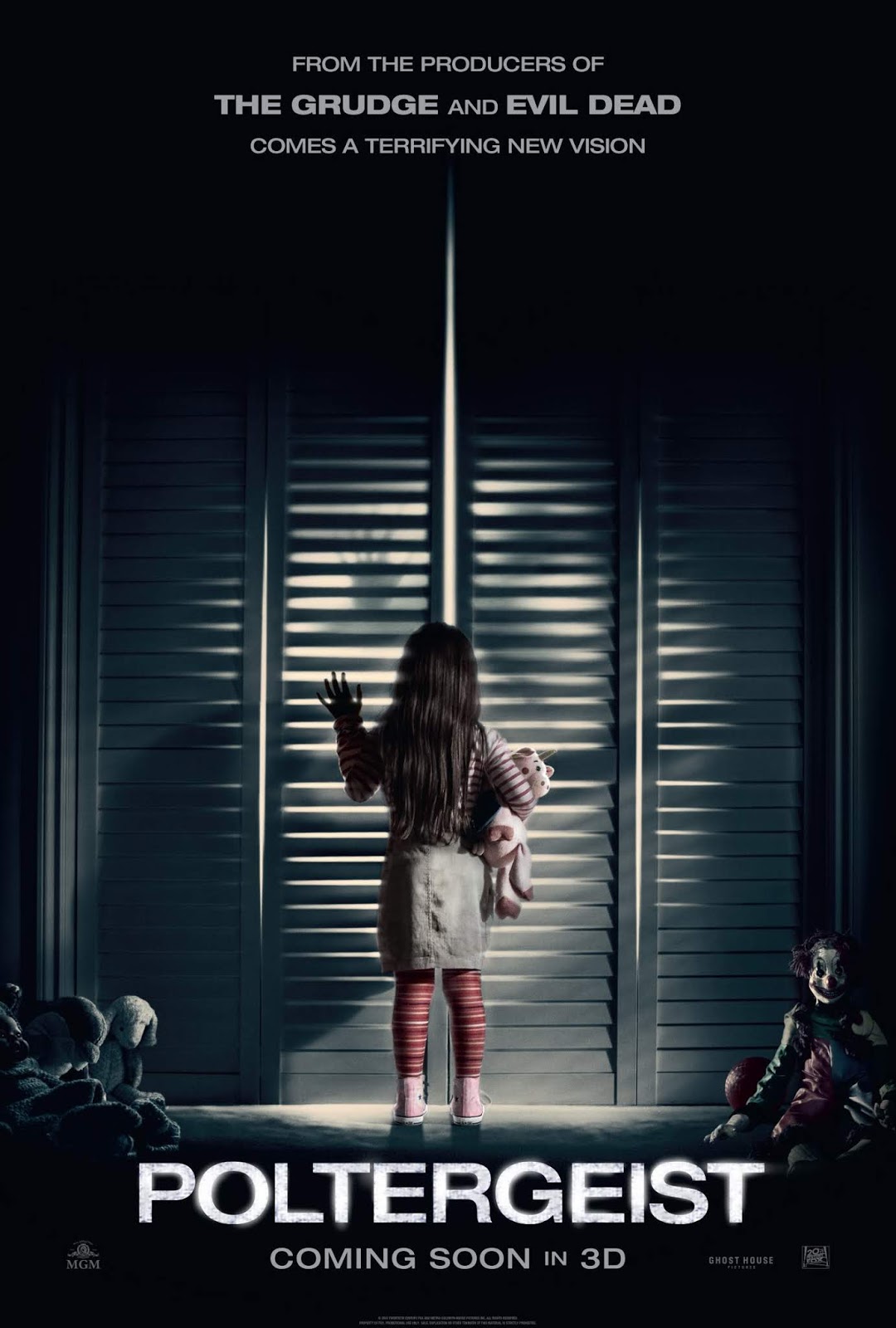by Sherif Awad
It is no secret that Hollywood is keeping on remaking and
rebooting its classic library of films and that the period between the original
and the re-imagined is becoming more and more petite. Just to give few
examples: After 20th Century Fox produced two Fantastic Four films
in 2005 and 2007, a new reboot is scheduled for release next August. And although
Sam Raimi delivered a successful Spider-Man trilogy of films in 2002, 2004 and
2007, Sony Pictures decided to cancel a forth film by Raimi then ordered a complete
reboot of the series five years later. But because The Amazing rebooted Spider-Man
and its 2014 sequel were less impressive than the first trilogy, additional
sequels were cancelled and so Spider-Man will be starring in another reboot or
other films belonging to Marvel Cinematic Universe in the near future.
rebooting its classic library of films and that the period between the original
and the re-imagined is becoming more and more petite. Just to give few
examples: After 20th Century Fox produced two Fantastic Four films
in 2005 and 2007, a new reboot is scheduled for release next August. And although
Sam Raimi delivered a successful Spider-Man trilogy of films in 2002, 2004 and
2007, Sony Pictures decided to cancel a forth film by Raimi then ordered a complete
reboot of the series five years later. But because The Amazing rebooted Spider-Man
and its 2014 sequel were less impressive than the first trilogy, additional
sequels were cancelled and so Spider-Man will be starring in another reboot or
other films belonging to Marvel Cinematic Universe in the near future.
When it comes to horror films, “butchering” the classics is sometimes
more sinister. The Amityville Horror (1979) was so original and
successful that it spanned two theatrically released sequels then five
straight-to-video. However, a less than impressive remake was released in 2005
and a part remake, part sequel called Amityville: The Awakening is
scheduled for a 2016 release (actually it was supposed to come this year but
the producer ordered some reshooting). There was also the immortal classic Halloween
(1978) that spanned seven sequels then later was mistreated by a remake in 2007
and sequel to the remake in 2009, both by rocker-cum-director Rob Zombie.
more sinister. The Amityville Horror (1979) was so original and
successful that it spanned two theatrically released sequels then five
straight-to-video. However, a less than impressive remake was released in 2005
and a part remake, part sequel called Amityville: The Awakening is
scheduled for a 2016 release (actually it was supposed to come this year but
the producer ordered some reshooting). There was also the immortal classic Halloween
(1978) that spanned seven sequels then later was mistreated by a remake in 2007
and sequel to the remake in 2009, both by rocker-cum-director Rob Zombie.
The worldwide release of the new remake of Poltergeist
continues the legacy of unnecessary remakes. Crediting Steven Spielberg as a screenwriter
and a producer, the original Poltergeist was a paranormal story about the
Freelings, a suburban California family whose young daughter Carol Anne, played
by child actress Heather O’Rourke, is kidnapped by ghostly forces that uses the
TV set and the closet to be transferred inside their house. Back in 1982, when it
was first released, Spielberg was already a household name being the director
of Jaws, Close Encounters of the Third Kind and Raiders of the
Lost Ark. A week after the release of Poltergeist, E.T. the
Extra-Terrestrial, another film by Spielberg, came also out after being one
of the most anticipated films of that same year.
continues the legacy of unnecessary remakes. Crediting Steven Spielberg as a screenwriter
and a producer, the original Poltergeist was a paranormal story about the
Freelings, a suburban California family whose young daughter Carol Anne, played
by child actress Heather O’Rourke, is kidnapped by ghostly forces that uses the
TV set and the closet to be transferred inside their house. Back in 1982, when it
was first released, Spielberg was already a household name being the director
of Jaws, Close Encounters of the Third Kind and Raiders of the
Lost Ark. A week after the release of Poltergeist, E.T. the
Extra-Terrestrial, another film by Spielberg, came also out after being one
of the most anticipated films of that same year.
In Egypt, Poltergeist was shown in Metro Cinema at
Downtown Cairo. It was a big theatre with one screen showing new films from
MGM, Universal and Paramount. I was eleven years-old when I first watched Poltergeist
that year in that cinema but I did not know that one day I will land an office
upstairs to handle the Egyptian marketing campaigns of these companies. Like
many worldwide countries, films can have another local title not so similar to
the original in order to attract the public (according to the local distributor’s
way of thinking) and so Poltergeist landed the Egyptian title of al-Fazaa
al-Rahib that translated into The Great Panic! I remember that the
entrance of Metro Cinema was decorated by repetitive copies of one campaign of Poltergeist,
the one featuring Carol Anne screaming: “They’re here”. The lobby of
the cinema also featured stills and the most remembered were the ones featuring
JoBeth Williams with the skeleton in the unfinished pool and the Freeling
family standing altogether to bring back their daughter.
Downtown Cairo. It was a big theatre with one screen showing new films from
MGM, Universal and Paramount. I was eleven years-old when I first watched Poltergeist
that year in that cinema but I did not know that one day I will land an office
upstairs to handle the Egyptian marketing campaigns of these companies. Like
many worldwide countries, films can have another local title not so similar to
the original in order to attract the public (according to the local distributor’s
way of thinking) and so Poltergeist landed the Egyptian title of al-Fazaa
al-Rahib that translated into The Great Panic! I remember that the
entrance of Metro Cinema was decorated by repetitive copies of one campaign of Poltergeist,
the one featuring Carol Anne screaming: “They’re here”. The lobby of
the cinema also featured stills and the most remembered were the ones featuring
JoBeth Williams with the skeleton in the unfinished pool and the Freeling
family standing altogether to bring back their daughter.
Watching Poltergeist, the original and the new,
back-to-back doesn’t do justice to the 2015 remake. The original Poltergeist
had many creative and artistic elements: It had an effective photography by
Matthew F. Leonetti, a rousing score by the late Jerry Goldsmith who also
composed the immortal film scores of The Omen, Basic Instinct, The
Russia House,… just to name a few and believable special effects by
Industrial Light & Magic before the Computer-Generated Imagery era. The
acting was as well far better as the actors were directed by both Tobe Hooper
and Spielberg who had a strong creative input in the film. And yes, Poltergeist
has developed an urban legend or a curse around it because two of its actresses
died young: It started with Dominique Dunne who played Dana, Carol Anne’s elder
sister, who was murdered by her boyfriend in 1982. Then came Heather O’Rourke who,
after reprising her role as Carol Anne in two more Poltergeist sequels,
died at the age of twelve due to health complication. In 2002, on a TV
interview, JoBeth Williams, who played the mother in the original, revealed
that the production used real human skeletons while filming the swimming pool
scene because it was cheaper those days to purchase them rather to design
plastic ones. Some believe that it was the reason behind the curse related to
the film…
back-to-back doesn’t do justice to the 2015 remake. The original Poltergeist
had many creative and artistic elements: It had an effective photography by
Matthew F. Leonetti, a rousing score by the late Jerry Goldsmith who also
composed the immortal film scores of The Omen, Basic Instinct, The
Russia House,… just to name a few and believable special effects by
Industrial Light & Magic before the Computer-Generated Imagery era. The
acting was as well far better as the actors were directed by both Tobe Hooper
and Spielberg who had a strong creative input in the film. And yes, Poltergeist
has developed an urban legend or a curse around it because two of its actresses
died young: It started with Dominique Dunne who played Dana, Carol Anne’s elder
sister, who was murdered by her boyfriend in 1982. Then came Heather O’Rourke who,
after reprising her role as Carol Anne in two more Poltergeist sequels,
died at the age of twelve due to health complication. In 2002, on a TV
interview, JoBeth Williams, who played the mother in the original, revealed
that the production used real human skeletons while filming the swimming pool
scene because it was cheaper those days to purchase them rather to design
plastic ones. Some believe that it was the reason behind the curse related to
the film…
So what the 2015 Poltergeist version is offering us? A
running time of 93 minutes (compared to 114 minutes for the original) that
offers less character development and no plot surprise or revelation: even the
secret behind the haunting of the house is revealed 30 minutes through the
film. The writer of the new film not only decided to change the characters’
names but also gave some of the characters a gender swap. The most obvious swap
was the character of Tangina Barrons, the spiritual medium that played by the
late Zelda Rubinstein in 1982, which was changed into a TV host called Carrigan
Burke played by Jared Harris. In one scene, Burke tells the family that the
house was haunted because it was built on a cemetery and the constructors lied
about moving the bodies and so they only moved away the headstones. To me, it
was a funny line because it was like Burke might have gotten this inside information
in these details after seeing the original film!
running time of 93 minutes (compared to 114 minutes for the original) that
offers less character development and no plot surprise or revelation: even the
secret behind the haunting of the house is revealed 30 minutes through the
film. The writer of the new film not only decided to change the characters’
names but also gave some of the characters a gender swap. The most obvious swap
was the character of Tangina Barrons, the spiritual medium that played by the
late Zelda Rubinstein in 1982, which was changed into a TV host called Carrigan
Burke played by Jared Harris. In one scene, Burke tells the family that the
house was haunted because it was built on a cemetery and the constructors lied
about moving the bodies and so they only moved away the headstones. To me, it
was a funny line because it was like Burke might have gotten this inside information
in these details after seeing the original film!
In a nutshell, rent and see the original Poltergeist!
But don’t watch it alone in the dark…

